When it comes to weightlifting, the question “Can You Deadlift With a Curl Bar” often arises among fitness enthusiasts. Deadlifting with a curl bar, also known as an EZ bar, is a topic of interest for those looking to diversify their workout routines and target different muscle groups. Let’s explore the details to understand the feasibility and considerations surrounding this exercise variation.
Can You Deadlift With a Curl Bar?
The deadlift with a curl bar, also known as an EZ bar, is a variation of the traditional deadlift exercise. It involves using an EZ bar instead of a straight barbell to perform the deadlift movement. The EZ bar has a unique wavy design that allows for different hand grips, making it popular for exercises targeting the biceps and triceps.
When performing the deadlift with a curl bar, the ergonomic design of the bar can offer a more comfortable grip and may target the muscles in a slightly different way compared to using a standard straight barbell.
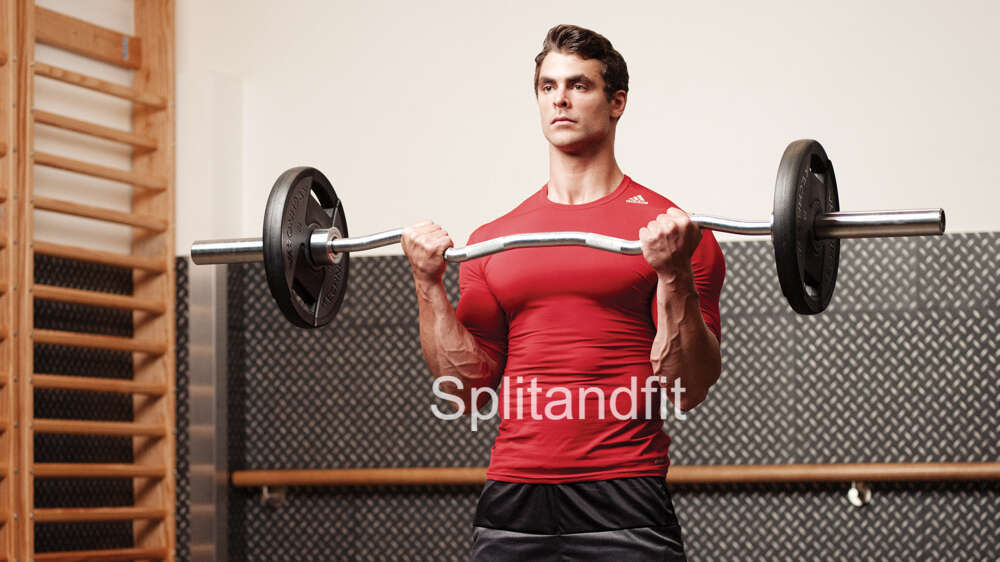
Muscles Worked
- Glutes: The deadlift with a curl bar engages the gluteal muscles to a significant extent, aiding in hip extension and providing stability throughout the movement.
- Hamstrings: This exercise effectively targets the hamstrings, promoting knee flexion and contributing to the overall strength and development of this muscle group.
- Lower Back: The deadlift with a curl bar recruits the erector spinal muscles of the lower back, playing a crucial role in spinal stabilization and extension during the lifting phase.
- Core Muscles: The core, including the abdominals and obliques, is activated to maintain proper posture and stability throughout the deadlift motion.
- Biceps: Due to the unique design of the curl bar, the biceps are engaged to a greater extent compared to the standard straight barbell deadlift, contributing to elbow flexion during the lift.
- Forearms: The grip required to hold the curl bar engages the forearm muscles, particularly the wrist flexors, to maintain control and stability throughout the exercise.
How to Perform Deadlift With a Curl Bar
A. Set-Up and Equipment Needed
- Select a suitable curl bar with an appropriate weight based on your fitness level.
- Place the curl bar on the ground in front of you, ensuring that it is centered and stable.
- Stand with your feet shoulder-width apart, positioning the curl bar over the middle of your feet.
B. Step-by-Step Guide
Here’s a detailed breakdown of how to execute the exercise correctly:
- Initial Position
- Stand with your feet shoulder-width apart, ensuring that the mid-foot is positioned under the bar.
- Bend your knees and hinge at the hips to grip the curl bar with an overhand grip, keeping your hands just outside your legs.
- Maintain a neutral spine, engaging your core for stability.
- Execution of the Exercise
- Keeping your back flat and chest up, begin to lift the curl bar by extending your hips and knees simultaneously. Focus on driving through the heels to initiate the movement.
- As you lift, keep the curl bar close to your body to maintain proper form and leverage.
- Once standing upright, pause briefly at the top of the movement, ensuring full hip and knee extension.
- Slowly lower the curl bar back to the starting position, maintaining control throughout the descent.
- Breathing Tips
- Inhale deeply before initiating the lift to brace your core and stabilize your spine.
- Exhale as you reach the top of the movement, maintaining a strong core and controlled breathing throughout.
Performing deadlifts with a curl bar requires attention to form and technique to ensure safety and effectiveness. Always start with a manageable weight and focus on mastering the movement before progressing to heavier loads. If you have any pre-existing injuries or health concerns, it’s advisable to consult a fitness professional before attempting this exercise.
Differences Between The Deadlift with a Curl Bar and Other Related Exercises
Certainly! Here’s a comparison table detailing the differences between the deadlift with a curl bar and other related exercises:
| Aspect | Deadlift with Curl Bar | Standard Deadlift | Romanian Deadlift | Sumo Deadlift |
|---|---|---|---|---|
| Primary Muscles Targeted | Glutes, hamstrings, lower back, core, biceps, forearms | Glutes, hamstrings, lower back, core | Hamstrings, lower back, glutes | Glutes, hamstrings, quadriceps |
| Grip | Overhand grip | Alternating grip (overhand and underhand) | Overhand grip | Wide overhand grip |
| Stance | Neutral stance | Neutral to slightly wider stance | Neutral to hip-width stance | Wide stance |
| Range of Motion | Full range of motion from the ground to standing position | Full range of motion from the ground to standing position | Partial range of motion; barbell stops at knee level | Full range of motion from the ground to standing position |
| Knee Flexion | Moderate knee flexion during the lift | Moderate knee flexion | Minimal knee flexion | Substantial knee flexion |
| Hip Position | Hips positioned at a neutral level | Hips positioned at a neutral level | Hips hinge backward | Hips positioned lower with greater external rotation |
| Bar Path | Straight path close to the body | Straight path close to the body | Straight path close to the body | Vertical path directly between the legs |
| Emphasis on Biceps | Engages biceps due to the unique curl bar design | Limited emphasis on biceps | Limited emphasis on biceps | Limited emphasis on biceps |
This table highlights the key differences in terms of muscle targeting, technique, and emphasis for each exercise. Keep in mind that each variation offers distinct benefits and may be suitable for different fitness goals and individual preferences.
Benefits Of Deadlift With Curl Bar
The deadlift with a curl bar offers several benefits, including:
- Engagement of Stabilizer Muscles: This exercise engages a wide range of stabilizer muscles, including the biceps, forearms, and upper back, due to the unique design of the curl bar.
- Hamstring and Glute Activation: Deadlifting with a curl bar effectively targets the hamstrings and glutes, promoting strength and development in these muscle groups.
- Core Stability: The movement requires core engagement for stability and spinal support, contributing to overall core strength.
- Convenient Home Gym Addition: The curl bar takes up less space compared to traditional barbells, making it a practical addition to a home gym environment.
- Varied Grip Options: The curl bar allows for various grip options, offering versatility in hand positioning and potentially reducing strain on the wrists compared to a standard straight barbell.
Deadlift With Curl Bar Variations
Explore some fun twists to your workout with these easy curl bar variations. Let’s keep it simple with a quick guide to a couple of options.
1. Stiff-Legged Deadlift with Curl Bar
This variation targets the hamstrings and lower back more intensely due to the reduced knee bend throughout the movement.
Step-by-Step Guide:
- Stand with your feet shoulder-width apart, holding the curl bar with an overhand grip and arms extended.
- Keeping your legs straight (but not locked), hinge at the hips to lower the curl bar towards the ground while maintaining a flat back.
- Once you feel a stretch in your hamstrings, return to the starting position by contracting the hamstrings and glutes.
2. Sumo Deadlift with Curl Bar
The sumo stance (a wide stance with toes pointed outward) in this variation emphasizes the inner thighs and places less stress on the lower back.
Step-by-Step Guide:
- Assuming a wide stance with your toes pointed outward, grip the curl bar with an overhand grip, ensuring your hands are inside your knees.
- Keep your chest up and back flat as you lift the curl bar, driving through the heels and extending the hips and knees simultaneously.
- Lower the bar back to the ground by reversing the movement, maintaining control and proper form.
3. Deficit Deadlift with Curl Bar
This variation involves standing on a raised platform, increasing the range of motion, and targeting the muscles more intensely.
Step-by-Step Guide:
- Stand on a stable platform with the curl bar on the ground in front of you.
- Perform the deadlift as usual, ensuring that your form and technique remain consistent despite the increased range of motion.
- The deficit deadlift requires careful attention to balance and stability due to the elevated platform.
When performing these variations, pay close attention to proper form and technique to ensure safety and effectiveness. It’s advisable to start with lighter weights before progressing to heavier loads, especially when attempting new variations.
Tips to Maximize Results and Safety
When performing a deadlift with a curl bar exercise, it’s crucial to prioritize both effectiveness and safety. Here are some tips to maximize your results and ensure a safe workout experience:
- Focus on Proper Form: Maintain a neutral spine, engage your core, and keep your chest up throughout the movement. Avoid rounding your lower back as this can lead to injury.
- Gradually Increase Weight: Start with lighter weights to master the form and gradually increase the load. Prioritize technique over the amount of weight lifted to reduce the risk of injury.
- Use an Overhand Grip: Utilize an overhand grip when gripping the curl bar to engage the forearm muscles and promote wrist stability. This also helps in maintaining a secure hold on the bar.
- Engage Your Core: Prioritize core engagement to stabilize the spine and protect against lower back strain. Activating the core muscles also enhances overall strength and balance during the lift.
- Warm-Up Thoroughly: Perform dynamic warm-up exercises targeting the lower back, hamstrings, and forearms to prepare the body for the deadlift. This can help prevent muscle strains and improve overall performance.
By adhering to these tips, you can optimize the effectiveness of the deadlift with a curl bar while minimizing the risk of injury, ultimately leading to safer and more productive workouts.
Common Mistakes to Avoid
When performing deadlifts with a curl bar, it’s crucial to avoid common mistakes to ensure safety and effectiveness. Here are some insights gathered from various sources to help avoid these mistakes:
- Improper Warm-Up: Not warming up appropriately can increase the risk of injury. Prioritize dynamic warm-up exercises targeting the lower back, hamstrings, and forearms before starting the deadlift routine.
- Incorrect Feet Position: Pay attention to your feet position to avoid instability or improper weight distribution during the lift.
- Rounding the Lower Back: Maintaining a straight spine and avoiding rounding the lower back is crucial for preventing back injuries.
- Pulling Instead of Pushing: Focus on pushing through the legs and engaging the posterior chain rather than pulling on the bar, especially when using the curl bar.
- Bending the Back Incorrectly: Always keep the spine straight and bend from the knees to maintain proper form and reduce the risk of back strain.
By being mindful of these mistakes and adhering to proper technique, individuals can maximize the benefits of deadlifts with a curl bar while minimizing the risk of injury.
Frequent Question Answers
By addressing the following frequently asked questions, we hope to provide clarity and guidance on incorporating the Leg Press into your fitness routine. Remember to listen to your body, start at an appropriate level, and gradually progress for optimal results.
Certainly! Here are the question answers presented in a table format:
| Question | Answer |
|---|---|
| Can a curl bar be used as a barbell? | Yes, a curl bar can serve as a substitute for a barbell in certain exercises, though it may have limitations. |
| Is it okay to squat with a curl bar? | It is generally not recommended to squat with a curl bar due to its design and the potential strain it may place on the shoulders and wrists. |
| How do you deadlift with a curved barbell? | Deadlifting with a curved barbell follows a similar technique to traditional deadlifts, focusing on proper form and posture. |
| Is it okay to deadlift with a curl bar? | Deadlifting with a curl bar is possible, but it may alter the lifting mechanics compared to using a straight barbell. |
| What bar is best for deadlift? | A standard straight barbell is commonly preferred for deadlifts due to its stability and balanced weight distribution. |
| Is it safe to deadlift with dumbbells? | Deadlifting with dumbbells is feasible, but it may require more stabilization and may not allow for as heavy of a lift as using a barbell. |
Conclusion
In conclusion, deadlifting with a curl bar can be a viable option for targeting various muscle groups, but it’s important to approach this exercise with caution and mindfulness of proper form. While the curl bar can offer versatility in certain exercises, such as bicep curls, its use in deadlifts may require extra attention to technique and grip due to its curved design.
Additionally, considering the potential strain on the wrists and shoulders, individuals should assess their own comfort and anatomical considerations before incorporating the curl bar into their deadlift routine. As always, prioritizing safety, proper warm-up and gradual progression in weight are essential elements for a productive and injury-free deadlifting experience.
Sources
- Deadlifts using the EZ curl bar: r/Fitness by u/RedditUser
- is the EZ curl bar okay for deadlift, bench, mp, rows, etc on the Bodybuilding Forum
- Deadlifts with a Curl Bar – Garage Gym Pro
- Can we do a deadlift with a 3-feet barbell or an EZ curl bar? on Quora
- Deadlift With Curl Bar – Dan Tergrave Strength
- Can You Do Deadlifts With an EZ Bar? on SportsRec
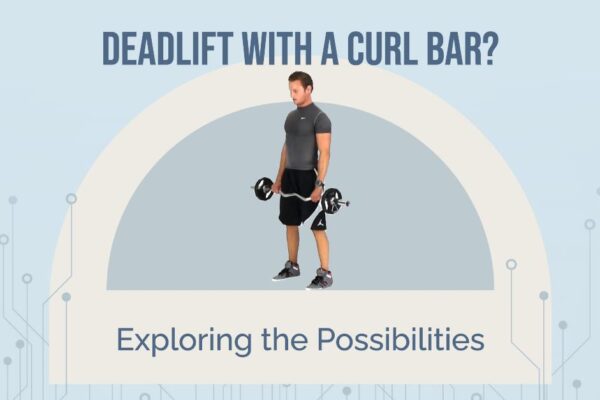


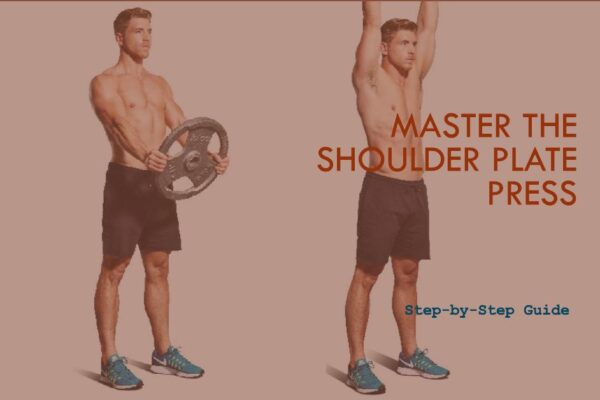
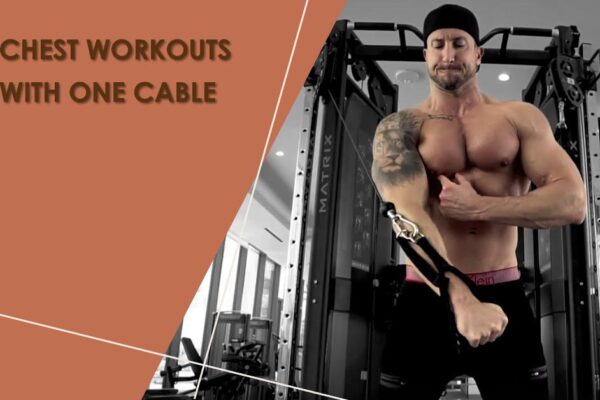
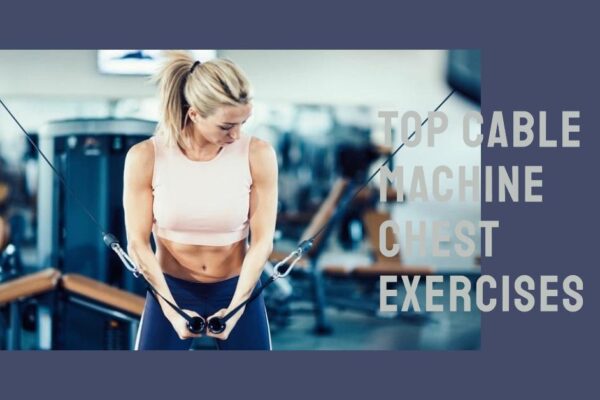
Leave a Reply